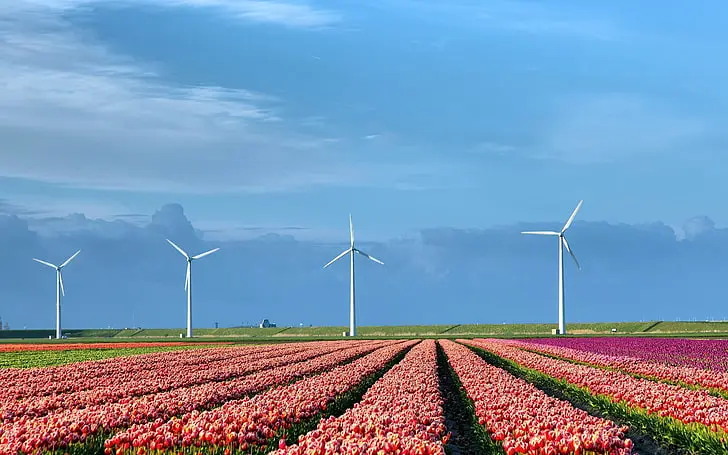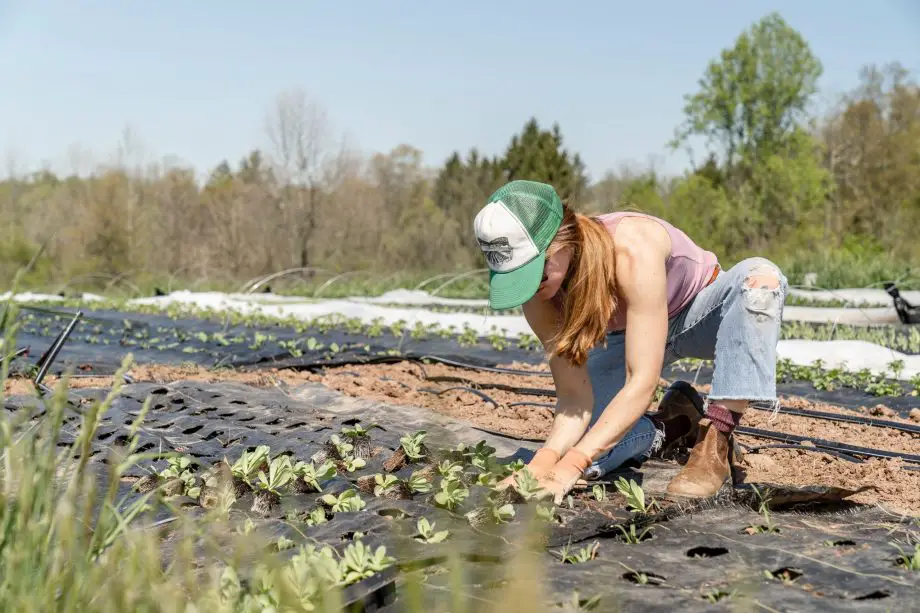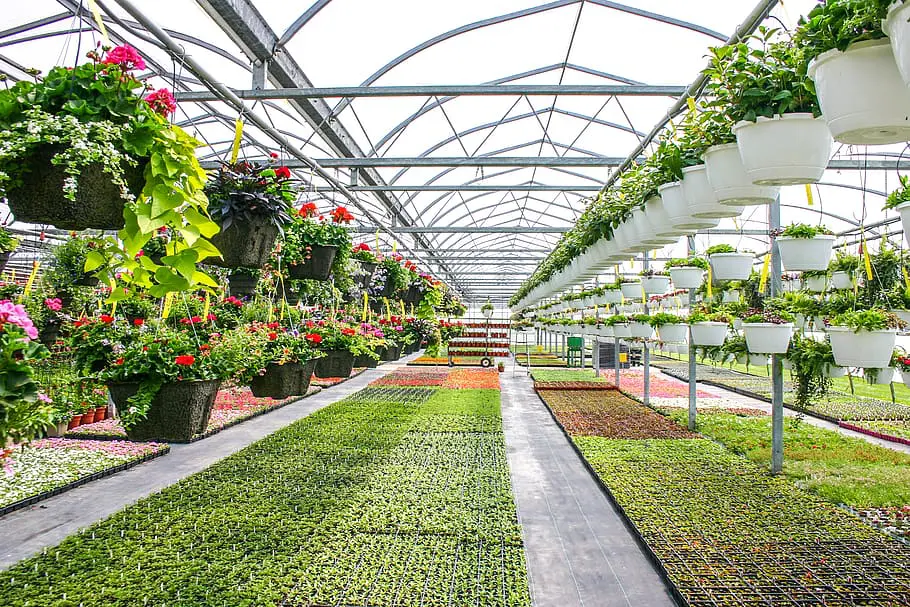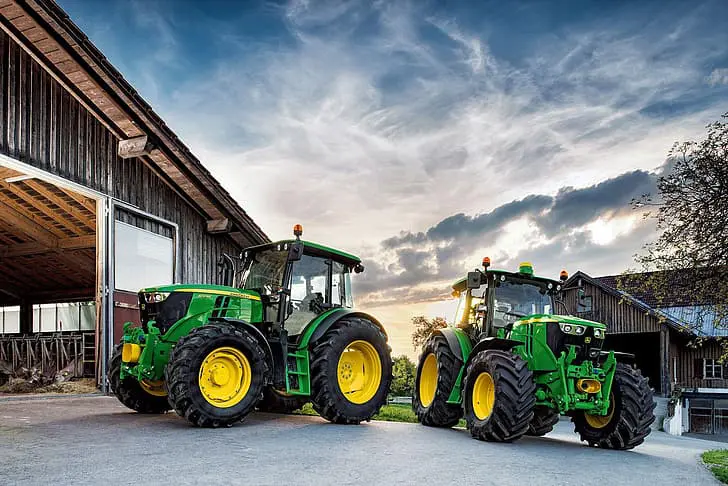
Ever wondered what’s the role of crop rotation in sustainability? Dive in to discover ancient wisdom shaping our sustainable future!
Have you ever paused to ponder what’s the role of crop rotation in sustainability?
It’s a question that takes us on a journey from ancient farmlands to today’s green revolution.
As we dig deeper (pun intended!), you’ll uncover tales of soil, seeds, and strategies that have shaped our world.
Ready to unearth some agricultural secrets? Let’s dive in!
What’s the Role of Crop Rotation in Sustainability?
Crop rotation is a sustainable agricultural practice where different crops are grown in succession on the same land.
This method enhances soil health, reduces pests and diseases, and boosts overall crop yield.
By diversifying crops, it prevents soil nutrient depletion and reduces the need for synthetic fertilizers, playing a vital role in sustainable farming.
For millennia, farmers have intuitively understood the benefits of alternating crops on their fields.
Crop rotation, a practice as old as agriculture itself, has evolved from simple traditions to a scientifically backed strategy.
Today, as the global community seeks sustainable solutions for food production and environmental conservation, crop rotation emerges as a pivotal practice, marrying the wisdom of the past with the needs of the present.
Principles of Crop Rotation
Understanding the essence of crop rotation requires delving into its foundational principles.
These principles guide farmers in making informed decisions, ensuring both soil health and crop yield.
Sequential Planting of Different Crops:
Each crop has unique nutritional needs. By rotating crops, farmers prevent the soil from being depleted of specific nutrients, ensuring a balance that benefits diverse crops over time.
Choosing the Right Crop Sequence:
Not all sequences are created equal. For instance, planting legumes, which fix nitrogen in the soil, before nitrogen-consuming crops can optimize yields and reduce the need for synthetic fertilizers.
Benefits of Crop Rotation in Agriculture

The multifaceted advantages of crop rotation extend beyond just the health of the soil.
From environmental conservation to economic savings, the benefits underscore the importance of this practice in modern sustainable agriculture.
Soil Health and Fertility:
Over time, continuous cultivation can strip the soil of vital nutrients. Crop rotation, by diversifying the plants grown, ensures a balanced nutrient uptake and return.
For instance, legumes can replenish nitrogen levels, preparing the ground for crops that are heavy nitrogen consumers.
Environmental Benefits:
Crop rotation aids in reducing the runoff of chemicals into waterways, promoting biodiversity, and enhancing the overall ecological balance.
Different crops also have varied water needs, leading to more efficient water use over time.
Pest and Disease Management:
Certain pests and diseases are crop-specific. By rotating crops, farmers can naturally break the life cycles of these pests and diseases, reducing the reliance on chemical pesticides and herbicides.
Water Management:
Different crops have varied water requirements. Rotation ensures that the soil isn’t consistently waterlogged or too dry, promoting better water retention and reducing the need for frequent irrigation.
Climate Change Mitigation:
Through carbon sequestration and reduced greenhouse gas emissions, crop rotation plays a role in combating the adverse effects of climate change.
Diverse crops also mean varied root systems, which can store carbon more effectively.
Economic Benefits:
With reduced needs for fertilizers, pesticides, and excessive irrigation, farmers can witness significant cost savings.
Additionally, healthier soils and reduced pest infestations can lead to better yields, further enhancing profitability.
Because different crops have different nutritional needs and tend to be vulnerable to different diseases and pests, rotating what crops are grown in a specific location can reduce soil depletion and the need for as much pesticide and fertilizer use. When done correctly it can also reduce soil erosion, enhance biodiversity, and improve the quality as well as fertility of the soil. It also increases soil organic carbon. When combined with no-till or low-till practices, this can have a significant impact on carbon sequestration with positive impacts on reducing the rate of climate change
https://www.csuchico.edu/regenerativeagriculture/ra101-section/crop-rotation.shtml
Challenges and Limitations
While crop rotation offers numerous advantages, it’s not without its challenges.
Implementing it requires knowledge, planning, and sometimes, a willingness to face short-term trade-offs for long-term gains.
Initial Setup and Planning Complexities:
Transitioning to a crop rotation system requires thorough planning, an understanding of local soil conditions, and sometimes even investment in new equipment or seeds.
Potential Short-Term Yield Reductions:
Initially, farmers might witness a dip in yields as the soil adjusts and the benefits of rotation take time to manifest.
Need for Knowledge and Expertise:
Effective crop rotation isn’t about random changes. It requires a deep understanding of each crop’s needs, local pests, and diseases, and the intricacies of soil health. This can be daunting for farmers new to the practice.
Modern Innovations and Techniques

In the age of technology and data-driven decisions, crop rotation has embraced modern innovations.
These advancements not only streamline the process but also enhance the effectiveness of rotation strategies.
Integration with Technology for Optimal Crop Sequencing:
Modern sensors, drones, and data analytics tools allow farmers to monitor soil health in real time.
This technology aids in determining the best crop sequences, optimizing both soil health and yields.
Use of Data Analytics for Predicting Best Rotation Patterns:
Big data and machine learning algorithms can analyze years of crop yields, weather patterns, and soil health metrics.
This analysis can predict the most effective rotation patterns, tailoring strategies to specific regions and soil types.
FAQs
Q: How does crop rotation enhance soil health?
A: Crop rotation prevents the soil from being depleted of specific nutrients, ensuring a balanced nutrient profile.
For instance, when legumes are planted, they replenish the soil with nitrogen, which benefits subsequent crops that consume high amounts of nitrogen.
Q: Can crop rotation reduce the need for fertilizers?
A: Absolutely. By naturally replenishing soil nutrients, especially when incorporating nitrogen-fixing crops like legumes, the dependency on synthetic fertilizers can significantly decrease.
Q: How does crop rotation contribute to sustainable farming?
A: Crop rotation is a cornerstone of sustainable agriculture. It promotes robust soil health, reduces reliance on chemicals, conserves water, and helps in mitigating the adverse effects of climate change.
All these factors combined make farming more sustainable in the long run.
Q: Are there any crops that shouldn’t be rotated?
A: While most crops benefit from rotation, specific rotations might be less beneficial or even detrimental depending on the soil type, local conditions, and the crops involved.
It’s essential to understand the needs of each crop and the soil’s health before deciding on a rotation pattern.
Q: How does crop rotation affect water usage in agriculture?
A: Through crop rotation, the soil’s ability to retain water improves, leading to reduced irrigation needs.
Different crops also have varied water requirements, ensuring that the soil isn’t consistently waterlogged or too dry, promoting efficient water use.
Conclusion
Crop rotation, a practice rooted in ancient wisdom, has proven its relevance in today’s quest for sustainable agriculture.
By embracing both its traditional principles and modern innovations, farmers worldwide can ensure healthier soils, higher yields, and a brighter future for our planet.
As challenges like climate change loom, such sustainable practices will be pivotal in ensuring food security and environmental conservation.
Bridging Historical Wisdom with Modern Needs:
Crop rotation, rooted in ancient agricultural wisdom, has seamlessly integrated with modern sustainable farming practices.
This blend of tradition and innovation ensures that soils remain fertile, yields are optimized, and environmental impacts are minimized.
A Sustainable Future for Agriculture:
As the global community grapples with challenges like climate change and food security, crop rotation offers a beacon of hope.
By adopting and refining this practice, farmers worldwide can contribute to a more sustainable and resilient agricultural future, benefiting both the environment and future generations.






